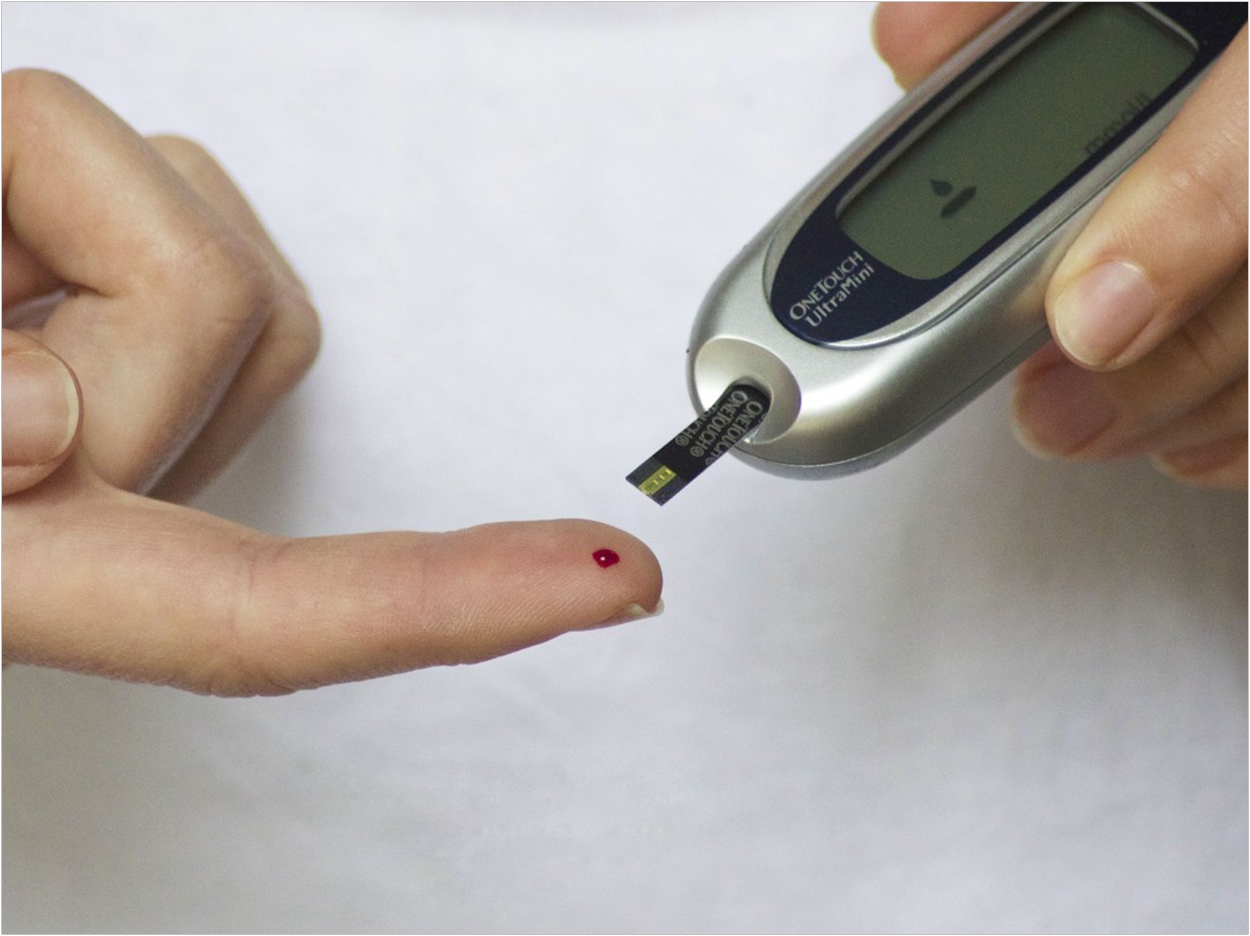
Adults with diabetes are less likely to visit the dentist than people with prediabetes or without diabetes, according to the New York University (NYU) Rory Meyers College of Nursing and East Carolina University’s Brody School of Medicine. And while there is an overall decline in dental visits among adults with and without diabetes, people with diabetes consistently are the least likely to obtain oral healthcare.
There is a two-way relationship between diabetes and oral health. People with diabetes are at an increased risk of periodontal disease, while periodontal disease has an adverse effect on blood glucose control, which can contribute to the progression of diabetes. The researchers note that diabetes has been called the sixth complication of diabetes after issues like kidney disease, damage to the retina, and heart disease.
“For people living with diabetes, regular dental checkups paired with proactive dental and diabetes self-care are important for maintaining good oral health. Regular dental visits provide opportunities for prevention, early detection, and treatment of periodontal disease, which can potentially help with blood glucose control and preventing complications from diabetes,” said senior author Bei Wu, PhD, dean’s professor in global health and director of global health and aging research at NYU Meyers.
Previous studies have shown that individuals with diabetes had fewer dental visits than those without diabetes. To update their understanding of dental visits among people with diabetes, the researchers assessed the trends of annual dental visits from 2004 to 2014 in adults with diabetes, prediabetes, and without diabetes and assessed racial and ethnic disparities in dental visits.
The researchers used data from the Behavioral Risk Factor Surveillance System, an annual telephone survey that asks adults in the United States if they have had a dental visit in the previous 12 months and if they had ever been diagnosed with diabetes or prediabetes. The sample included 2.5 million adults age 21 years and older, including 248,203 people with diabetes, 30,520 with prediabetes, and 2,221,534 without diabetes.
The study found that people with diabetes were the least likely to visit the dentist, followed by people with prediabetes. From 2004 to 2014, the proportion of annual dentist visits declined from 66.1% to 61.4% among people with diabetes, 66% to 64.9% among people with prediabetes, and 71.9% to 66.5% among people with diabetes.
“This pattern is concerning, given that timely dental care is essential for good oral health, especially in individuals with diabetes. Those who need dental care the most seem to be the least likely to have it,” said study author Huabin Luo, PhD, of East Carolina University.
Several factors may account for the underutilization of dental services by people with diabetes, according to the researchers. People may not be aware of the impact of diabetes on their oral health and vice versa. In addition, in a previous study, individuals with diabetes more frequently reported the cost of dental care as a reason for avoiding routine visits.
The researchers also observed racial and ethnic disparities in dental care. Black and Hispanic individuals were less likely to visit the dentist than white people, and these disparities persisted over the decade studies. Males and single people also were less likely to regularly visit the dentist than females and married people.
While the study did not measure whether individuals had dental insurance, the researchers found substantial financial barriers to dental services for people with diabetes based on comparing dental visits and income levels. The researchers assert that reducing these barriers and improving access to dental providers is needed, especially among people with diabetes and prediabetes.
“Healthcare providers and public health professionals should promote oral health in diabetes management and encourage people with diabetes to visit a dentist at least annually,” said Wu. “Increasing access to dental services is vital to achieving this goal.”
The study, “Trends in annual dental visits among US dentate adults with and without self-reported diabetes and prediabetes, 2004-2014,” was published by The Journal of the American Dental Association.
Related Articles
Missing Teeth May Indicate Diabetes Risk
Questionnaire Measures Diabetes Risk in the Dental Office
Consensus Reached on Diabetes-Periodontitis Risks












